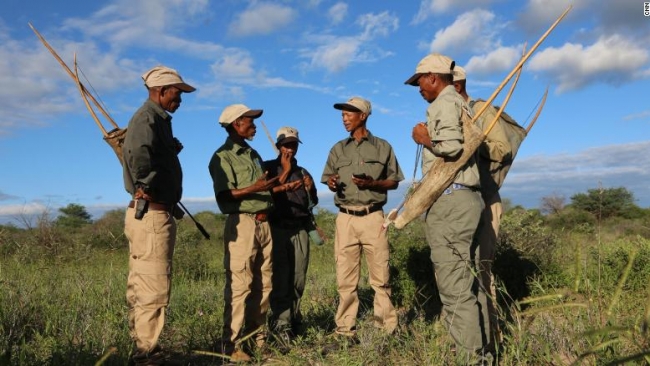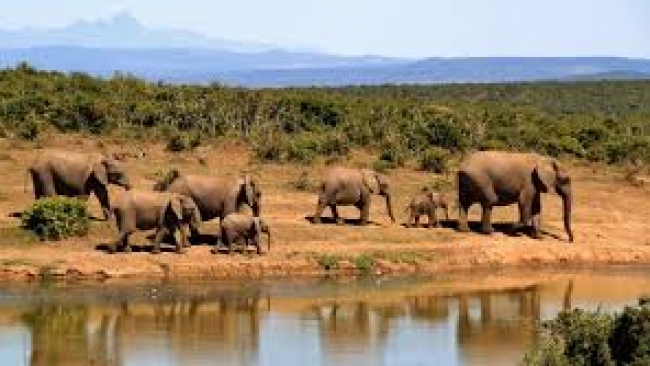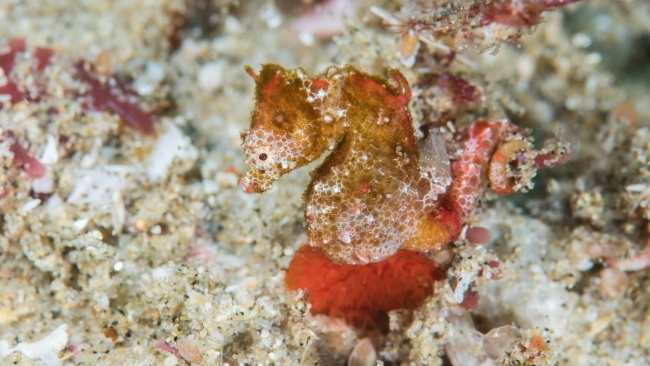Indigenous trackers are teaching scientists about wildlife.

(CNN)Scientists have become adept at tracking wildlife remotely. Take the Icarus global monitoring system, for example. Soon data ranging from an animal's location to its skin temperature will be easily available thanks to tiny wearable transmitters that send signals to an antenna on the International Space Station. But there's still something to be said for boots on the ground.
Few can claim to have a more intimate knowledge of their land and its fauna than the San trackers of the Kalahari, a large semi-arid region spanning parts of Botswana, Namibia and South Africa. Thousands of years of hunter-gathering expertise have been handed down from one generation to the next.
It's a valuable knowledge pool that is often overlooked by science, argues Louis Liebenberg. For over 20 years, Liebenberg, an associate of human evolutionary biology at Harvard University, has been connecting indigenous San groups in Namibia with scientists all over the world. And long before the advent of social media, he did it with an app.
As executive director of CyberTracker Conservation, the South African developed a piece of free software that allows animal trackers in the Kalahari to share tracking insights and create better data on biodiversity. In return, trackers are paid for their work, turning a way of life into a vocation.
Source: CNN
Tue 4 Aug 2020 at 10:27



.jpg)

